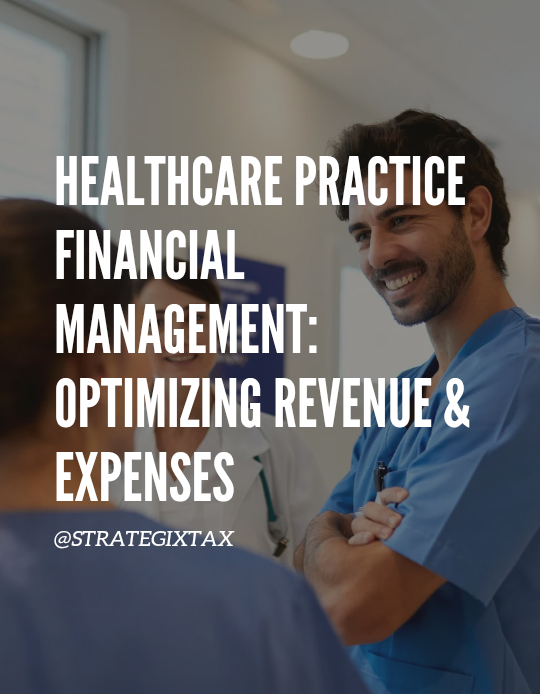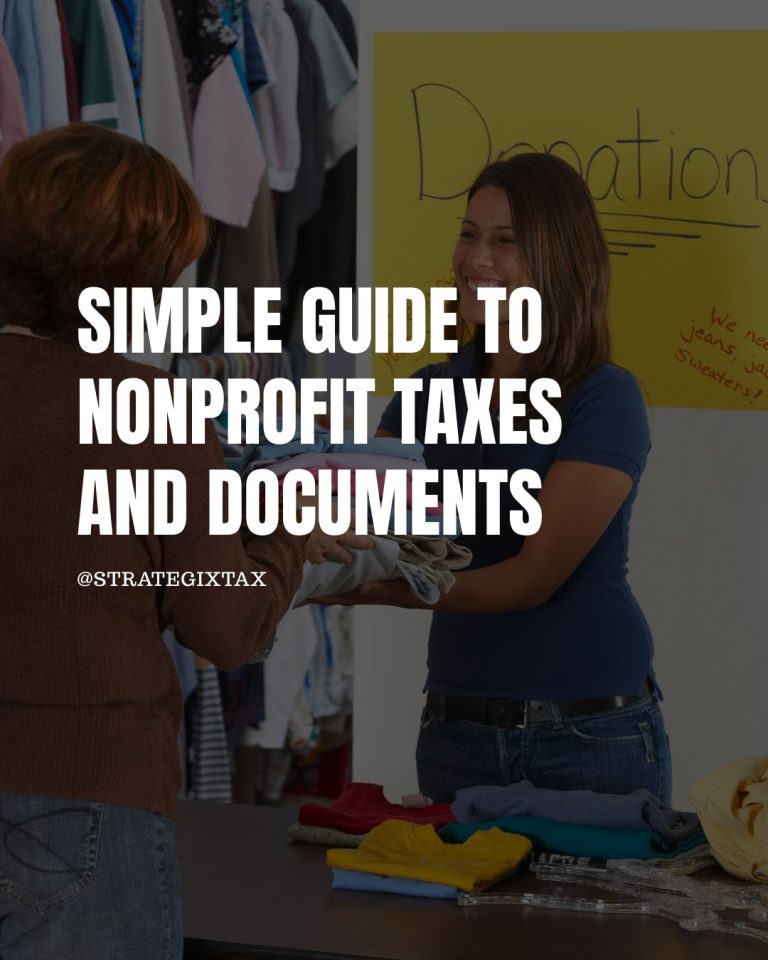Starting a business is exciting—but paperwork and legal terms can feel overwhelming, especially if you’re not used to dealing with taxes, government forms, or business jargon. Don’t worry—we’ll break down everything you need in plain English.
This guide will walk you through:
- The main types of business entities
- What documents you need to form them
- How the process works
- Definitions of any confusing terms along the way
1. Sole Proprietorship
A sole proprietorship is the simplest form of business. It’s just you, operating a business under your own name or a trade name.
What You Need:
- No formal paperwork is required to create a sole proprietorship.
- You may need a local business license or permit depending on your city or county.
- If you’re using a business name (not your legal name), you need to file a DBA (Doing Business As) with your city or state.
How the Process Works:
- Choose a business name.
- Register a DBA if needed.
- Apply for any local permits or licenses.
- Start doing business.
Quick Definition:
DBA = Doing Business As. It’s the name your business goes by, like “Tina’s Bakeshop” instead of “Tina Lopez.”
2. Partnership
A partnership is a business owned by two or more people who share profits and responsibilities.
There are two types:
- General Partnership (GP) – All partners manage and are responsible for the business.
- Limited Partnership (LP) – Some partners only invest money and don’t run the business.
What You Need:
- Partnership Agreement – A document that lays out each partner’s role, responsibilities, and how profits will be shared.
- File a DBA if you’re using a business name.
- Local business licenses or permits.
- Some states require filing a certificate of partnership with the Secretary of State.
How the Process Works:
- Decide how the partnership will work and write a partnership agreement.
- Choose a business name.
- File a DBA and/or partnership registration, depending on your state.
- Apply for permits and licenses.
- Get an EIN from the IRS if you’ll have employees or open a business bank account.
Quick Definition:
EIN = Employer Identification Number. It’s like a Social Security Number for your business. You can apply for it free at IRS.gov.
3. Limited Liability Company (LLC)
An LLC is one of the most popular structures because it offers personal protection (your stuff is separate from your business), but it’s simpler than a corporation.
What You Need:
- Articles of Organization – This is the main form you file with the state to create an LLC.
- Operating Agreement – Optional in some states, but helpful to outline how the LLC is run.
- File a DBA if using a different business name.
- Apply for state and local licenses.
- Get an EIN from the IRS.
How the Process Works:
- Choose a business name.
- File Articles of Organization with your state’s Secretary of State.
- Pay a filing fee (varies by state).
- Create an Operating Agreement.
- Get an EIN.
- Apply for licenses and permits.
Quick Definition:
Articles of Organization – The official paperwork that forms your LLC.
Operating Agreement – A document that lays out the rules for running your LLC.
4. Corporation (C-Corp or S-Corp)
A corporation is more complex but may be worth it for growing companies or those planning to raise money or attract investors.
What You Need:
- Articles of Incorporation – This is what makes your business a legal corporation.
- Bylaws – The rules for how your corporation will operate.
- Initial Board Resolution – A document that shows your board approved forming the corporation.
- Choose between C-Corp or S-Corp tax status.
- Apply for an EIN, licenses, and permits.
How the Process Works:
- Choose a unique business name.
- File Articles of Incorporation with your state.
- Hold an initial board meeting and adopt bylaws.
- Get an EIN.
- Apply for licenses and permits.
- File IRS Form 2553 if you want to be taxed as an S-Corp instead of a C-Corp.
Quick Definitions:
C-Corp – Default type of corporation; taxed separately from owners.
S-Corp – Special tax status that lets profits “pass through” to your personal taxes (no double tax).
Bylaws – Internal rules for how your business runs.
5. Nonprofit Corporation
A nonprofit is formed for a public benefit like education, health, or the arts. Profits go back into the mission, not to owners.
What You Need:
- Articles of Incorporation with nonprofit-specific language.
- Bylaws and a Board of Directors.
- Apply for tax-exempt status (501(c)(3)) with the IRS.
- EIN, business licenses, and permits.
How the Process Works:
- File Articles of Incorporation for a nonprofit.
- Create bylaws and form a board.
- Apply for an EIN.
- File IRS Form 1023 or 1023-EZ for tax exemption.
- Register with your state’s charity division, if needed.
Final Thoughts
Each business type has its own pros, cons, and paperwork. Take your time, and don’t be afraid to ask for help—you don’t need to know everything right away. There are services, free small business help centers, and even free legal advice in many areas.
And remember: choosing the right structure helps protect your personal assets, plan your taxes better, and grow more smoothly.



